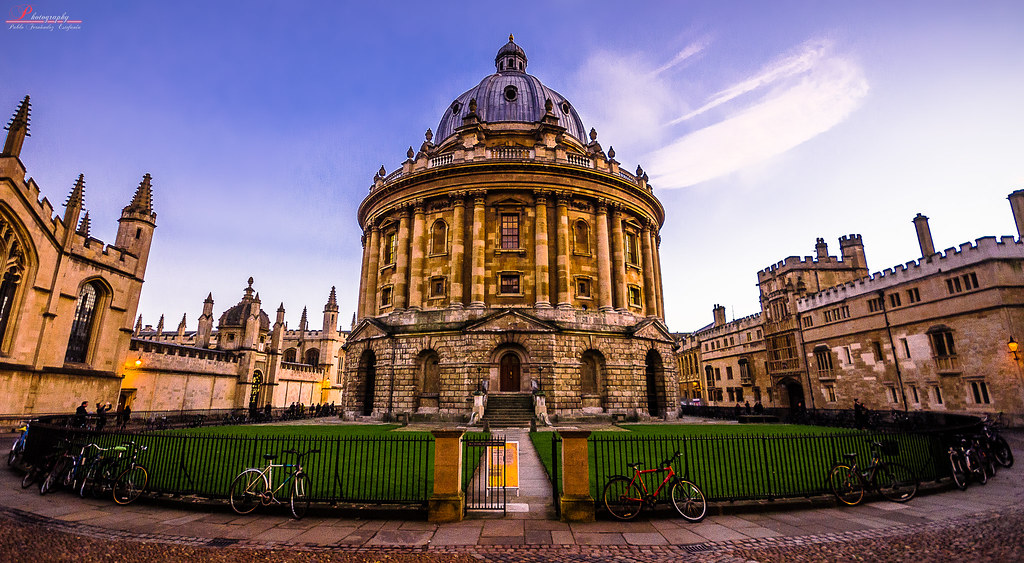SAT, ACT, 1600, 36. For some juniors, seniors, and even sophomores, these terms may signal off alarms of stress and anxiety. Hopefully, some of this stress was alleviated ever since Bowdoin College made it optional to submit an SAT or ACT score when applying for admission in 1969. A domino effect followed Bowdoin, causing a plethora of schools to become test-optional. As of recently, over 1,900 schools will not require applicants to submit scores for fall 2024 admission. However, the ever-changing post-COVID world is causing some of the United States’ top schools to reconsider their test-optional policies and circle back to test-required admissions. The fate of the SAT, ACT, and testing policies as a whole are up in the air right now for colleges nationwide, and it is hard to determine if schools will follow in the footsteps of the most selective schools, like Brown, MIT, and Yale; some of the schools who are returning to their test-required policies. Why are schools returning to requiring the test, and why did they go optional in the first place?
Why Bye to the SAT?
Although some schools transitioned to a test-optional policy before 2019, COVID-19 caused a massive wave of schools to revoke their SAT and ACT requirements. David Leonhardt, a columnist for The New York Times, said in an episode of The Daily podcast, “It was basically impossible for teenagers to go out and take these standardized tests [during the pandemic].” As a result, one college after another fell into a test-optional state. Most colleges announced this shift as temporary, but for the vast majority of colleges, these policies have stuck post-COVID. In addition to the limitations of COVID-19 contributing to the test-optional policies in colleges, the assumption that students from wealthier families have considerable advantages when taking a standardized test spread itself throughout higher education college boards, according to The New York Times. The SAT and ACT have been seen, typically by politically left-leaning individuals, as a threat to diversity in colleges and universities and a way for higher-class students to saturate college campuses. These assumptions are starting to be reconsidered as more highly selective schools begin to re-implement their test requirements.
The Revival of the Tests
It is a common belief that the SAT and ACT are hindrances to diversity on college campuses. In some ways, this is true; if a student is wealthy, they may have the opportunity to take test-prep classes, pair up with a tutor, retake the SAT numerous times, and may even go to a private or top public school that has specialized resources to prepare students. According to The New York Times, on average, higher-class students perform better on standardized tests than lower-class students, and White and Asian students score higher than Black and Latino students. For many, an instant thought would be that the resources that come with more wealth, like test prep, are what is driving the inequality in scores between the different income and racial groups. If the SAT and ACT appear advantageous to the rich, why are the top schools in the country bringing back the test? Recent studies have begun to peel back the layers of these assumptions and reveal the true factor that is driving these inequalities.
To see if test prep is driving these inequalities, it is essential to look at the results of a test for which no test prep was done: the National Assessment of Educational Progress (NAEP). This is a test given to students in grades four, eight, and twelve nationwide to assess how schools in certain districts are performing. According to Leonhardt of The New York Times, “the racial gaps are incredibly similar on the NAEP as they are to the SAT. And so that is another way of saying test prep isn’t that big a deal. So if it isn’t test prep that’s actually driving the gaps, then I guess the question is, what is? And I’m thinking it has something to do with inequality in America.” Sabrina Tavernise, co-host of The Daily, said, “In other words, the SATs are actually mirroring back American reality, showing this deep problem that we have.”
So why are some of the top schools in the United States, like Brown and Yale, deciding to bring back the test requirements? For one, standardized tests are one of the only common denominators throughout all high school students’ college applications. Everyone sits to take the same test and submits a score graded on the same scale. Due to grade inflation permeating across schools nationwide, college admission boards have a hard time differentiating between the ever-growing population of straight-A students. “An A at one high school isn’t the same thing as an A at another high school,” Leonhardt said. The SAT or ACT is an influential factor that can distinguish one student from another, and there is more of a distribution of test scores due to the rigor and consistency of the standardized tests. Additionally, on average, the SAT or ACT is an accurate reflection of how well a student will perform academically at a college or university, which is a valuable tool for college admissions boards.
While many might have assumed that abandoning test-optional policies directly harms low-income students who don’t have the opportunity for test prep, Stephanie Saul’s article in the New York Times states that “test-optional policies might have unwittingly harmed students from lower-income families whose test scores could have helped their chances.” The question of whether test-optional policies are harming the underrepresented communities that they were initially intended to help is surfacing. Yale University published a statement that said that test scores are a particularly beneficial resource in evaluating lower income and minority students’ applications. If a student is able to overcome financial and racial burdens and submit a high but imperfect test score, it can differentiate them from other students and accurately reflect their success on college campuses. That is a reason why schools like Yale, Brown, Georgetown, and MIT have eliminated the test-optional policy.

How Test-Optional Policies Could Hinder Diversity
Without a test score for college admissions boards to consider, they are forced to look at other aspects of the application, particularly extracurriculars. “Who can pay to take music lessons? Who can pay to travel to foreign countries and participate in projects that expand their horizons? Who can pay to participate in travel sports teams?” Leonhardt said. The switch to test-optional admissions may be unconsciously harming diversity on campuses and instead gearing their admissions towards wealthier students who can afford to stack up their lists of extracurriculars. Not only are extracurriculars a threat to diversity on college campuses but as Leonhardt stated, “Think about the quality of a school recommendation that you’re going to get if you go to a private school as opposed to a public school where the guidance counselor has 500 students whom they’re advising.” A new question has introduced itself as to whether the test-optional admissions policies are hurting income and racial diversity on campuses instead of helping it.
The Fate of the Standardized Tests
It is still up in the air what will happen next to schools nationwide regarding testing policies. However, the shift back to test-required admissions amongst some of the most selective schools in the US has caused schools to reevaluate their admissions policies. The new evidence about how the optional SAT and ACT could potentially harm diversity perhaps might be proof significant enough to cause colleges to follow in the footsteps of Brown, MIT, Yale, etc. This could potentially make Poly students reconsider their effort and time while taking the SAT and ACT, considering a student’s number one choice of school may be test-required again by the time their application is due.



























